|
[1]
|
C. Qin, X. Chen, X. Luo, et al., Perceptual image hashing via dual-cross pattern encoding and salient structure detection, Inform. Sci., 423 (2018), 284–302.
|
|
[2]
|
C. Qin, C. C. Chang and Y. P. Chiu, A novel joint data-hiding and compression scheme based on SMVQ and image inpainting, IEEE Trans. Image Process., 23 (2014), 969–978.
|
|
[3]
|
C. Qin, P. Ji, X. Zhang, et al., Fragile image watermarking with pixel-wise recovery based on overlapping embedding strategy, Signal Process., 138 (2017), 280–293.
|
|
[4]
|
Z. Qian, H. Xu, X. Luo, et al., New framework of reversible data hiding in encrypted JPEG bitstreams, IEEE Trans. Circuits Syst. Video Technol., 29 (2018), 351–362.
|
|
[5]
|
J. Tian, Reversible data embedding using a difference expansion, IEEE Trans. Circuits Syst. Video Technol., 13 (2003), 890–896.
|
|
[6]
|
Y. Hu, H. K. Lee and J. Li, DE-based reversible data hiding with improved overflow location map, IEEE Trans. Circuits Syst. Video Technol., 19 (2009), 250–260.
|
|
[7]
|
Y. Qiu, Z. Qian and L. Yu, Adaptive reversible data hiding by extending the generalized integer transformation, IEEE Signal Process. Lett., 23 (2016), 130–134.
|
|
[8]
|
Z. Ni, Y. Q. Shi, N. Ansari, et al., Reversible data hiding, IEEE Trans. Circuits Syst. Video Technol., 16 (2006), 354–362.
|
|
[9]
|
T. S. Nguyen, C. C. Chang and N. T. Huynh, A novel reversible data hiding scheme based on difference-histogram modification and optimal EMD algorithm, J. Vis. Commun. Image Represent., 33 (2015), 389–397.
|
|
[10]
|
J. Wang, J. Ni, X. Zhang, et al., Rate and distortion optimization for reversible data hiding using multiple histogram shifting, IEEE Trans. Cybern., 47 (2016), 315–326.
|
|
[11]
|
X. Li, J. Li, B. Li, et al., High-fidelity reversible data hiding scheme based on pixel-value-ordering and prediction-error expansion, Signal Process., 93 (2013), 198–205.
|
|
[12]
|
X. Qu and H. J. Kim, Pixel-based pixel value ordering predictor for high-fidelity reversible data hiding, Signal Process., 111 (2015), 249–260.
|
|
[13]
|
B. Ou, X. Li and J. Wang, High-fidelity reversible data hiding based on pixel-value-ordering and pairwise prediction-error expansion, J. Vis. Commun. Image Represent., 39 (2016), 12–23.
|
|
[14]
|
X. Zhang, Reversible data hiding in encrypted images, IEEE Signal Process. Lett., 18 (2011), 255–258.
|
|
[15]
|
W. Hong, T. Chen and H. Wu, An improved reversible data hiding in encrypted images using side match, IEEE Signal Process. Lett., 19 (2012), 199–202.
|
|
[16]
|
X. Liao and C. Shu, Reversible data hiding in encrypted images based on absolute mean difference of multiple neighboring pixels, J. Vis. Commun. Image Represent., 28 (2015), 21–27.
|
|
[17]
|
C. Qin and X. Zhang, Effective reversible data hiding in encrypted image with privacy protection for image content, J. Vis. Commun. Image Represent., 31 (2015), 154–164.
|
|
[18]
|
X. Wu and W. Sun, High-capacity reversible data hiding in encrypted images by prediction error, Signal Process., 104 (2014), 387–400.
|
|
[19]
|
X. Zhang, Separable reversible data hiding in encrypted image, IEEE Trans. Inf. Forensics Security, 7 (2012), 826–832.
|
|
[20]
|
C. Qin, W. Zhang, F. Cao, et al., Separable reversible data hiding in encrypted images via adaptive embedding strategy with block selection, Signal Process., 153 (2018), 109–122.
|
|
[21]
|
C. Qin, Z. He, X. Luo and J. Dong, Reversible data hiding in encrypted image with separable capability and high embedding capacity, Inform. Sci., 465 (2018), 285–304.
|
|
[22]
|
X. Zhang, Z. Qian, G. Feng, et al., Efficient reversible data hiding in encrypted images, J. Vis. Commun. Image Represent., 25 (2014), 322–328.
|
|
[23]
|
Z. Qian and X. Zhang, Reversible data hiding in encrypted image with distributed source encoding, IEEE Trans. Circuits Syst. Video Technol., 26 (2016), 636–646.
|
|
[24]
|
M. Li, D. Xiao, Y. Zhang, et al., Reversible data hiding in encrypted images using cross division and additive homomorphism, Signal Process.: Image Commun., 39 (2015), 234–248.
|
|
[25]
|
D. Xiao, Y. Xiang, H. Zheng, et al., Separable reversible data hiding in encrypted image based on pixel value ordering and additive homomorphism, J. Vis. Commun. Image Represent., 45 (2017), 1–10.
|
|
[26]
|
S. Yi, Y. Zhou and Z. Hua, Reversible data hiding in encrypted images using adaptive block-level prediction-error expansion, Signal Process.: Image Commun., 64 (2018), 78–88.
|
|
[27]
|
R. L. Rivest, L. Adleman and M. L. Dertouzos, On data banks and privacy homomorphisms, Found. Secure Comput., 4 (1978), 169–180.
|










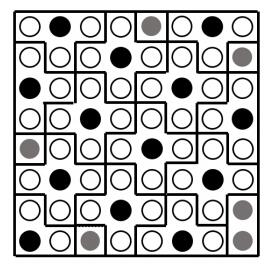
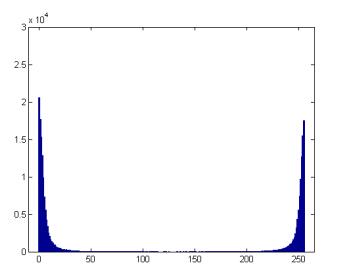
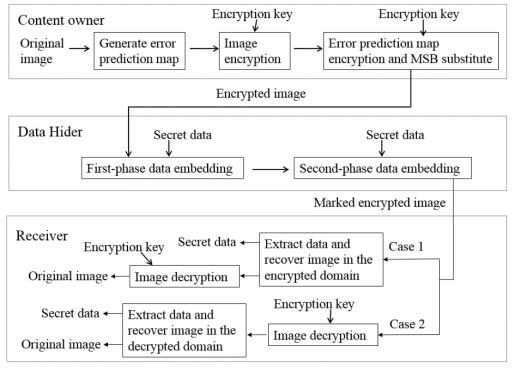
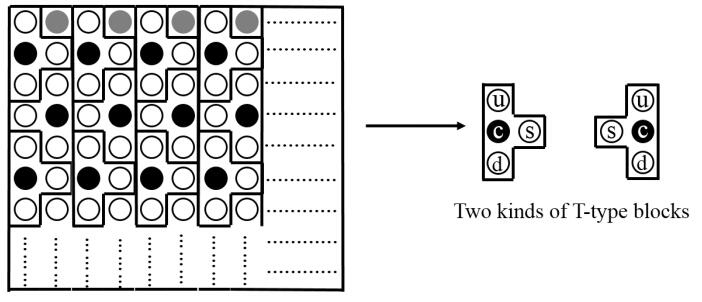
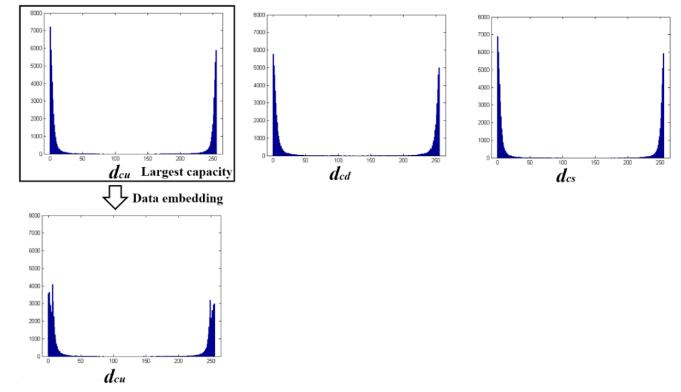

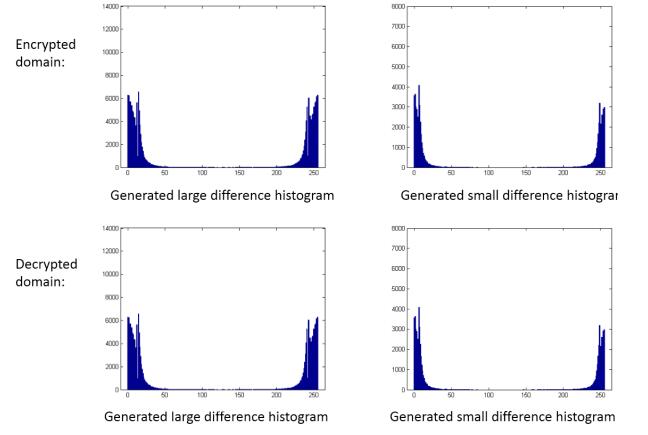
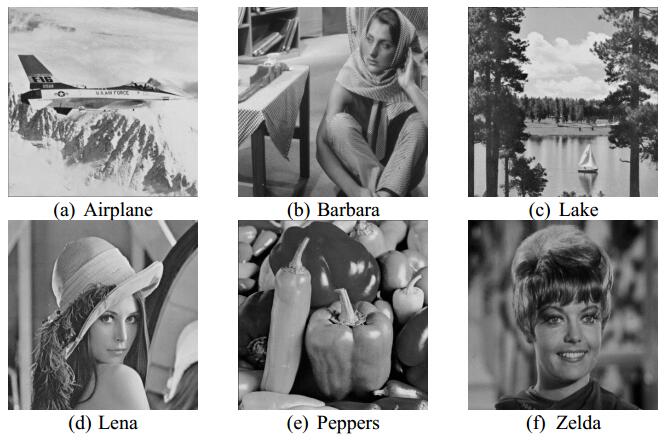
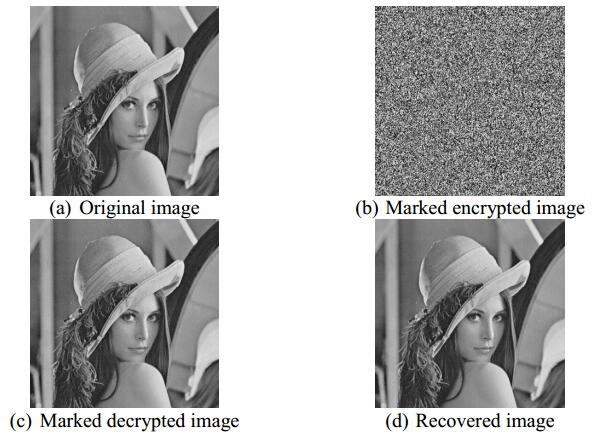
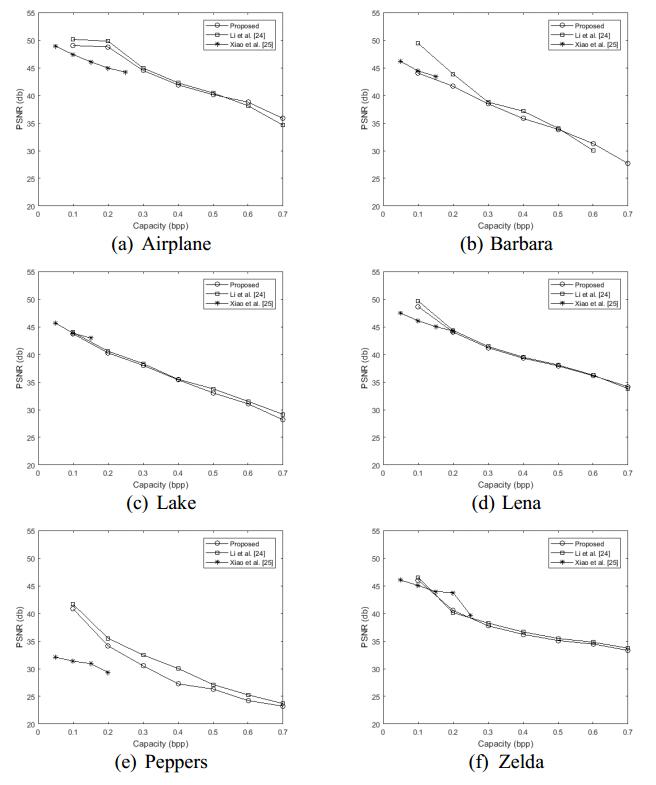


 DownLoad:
DownLoad: